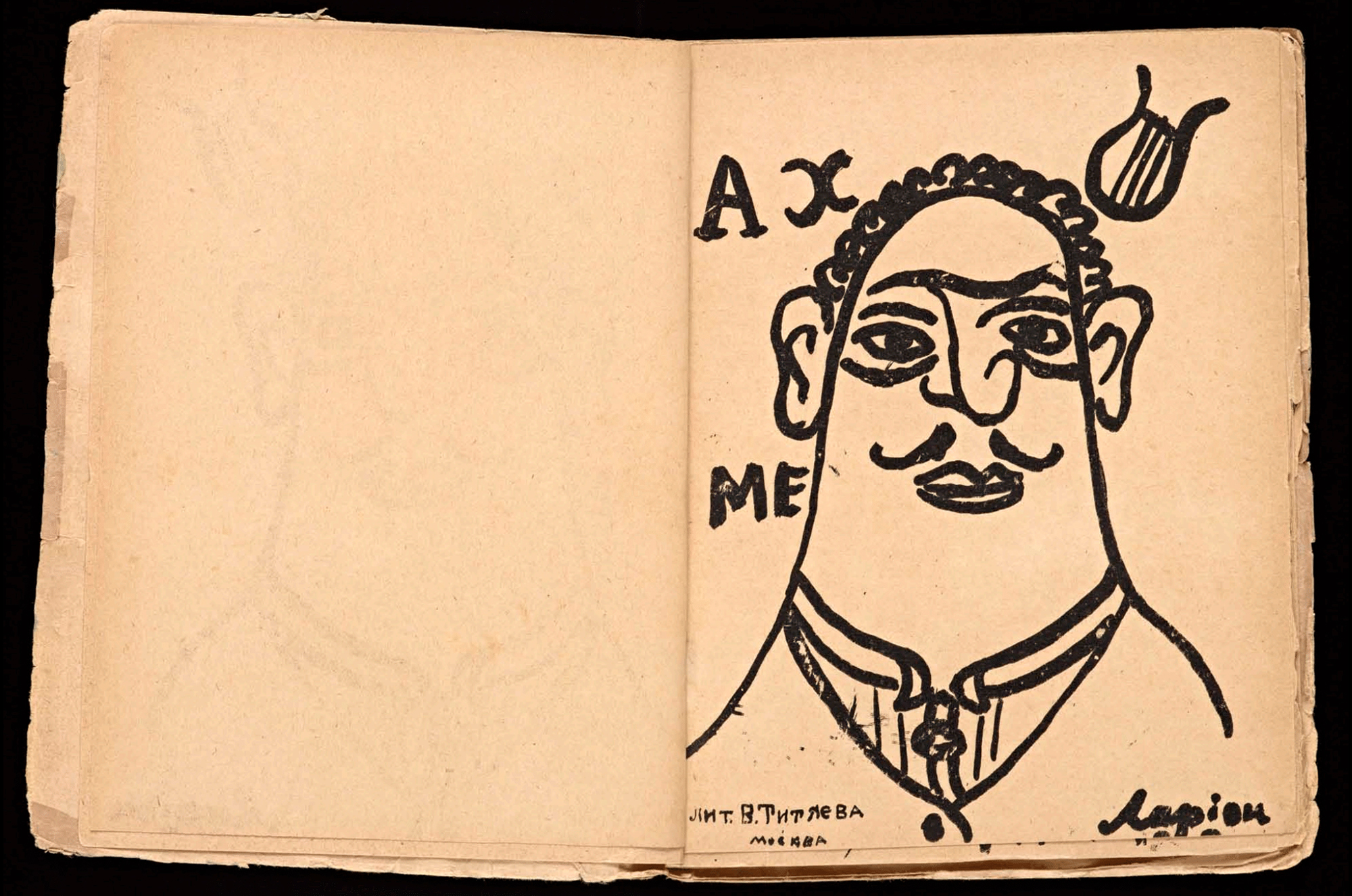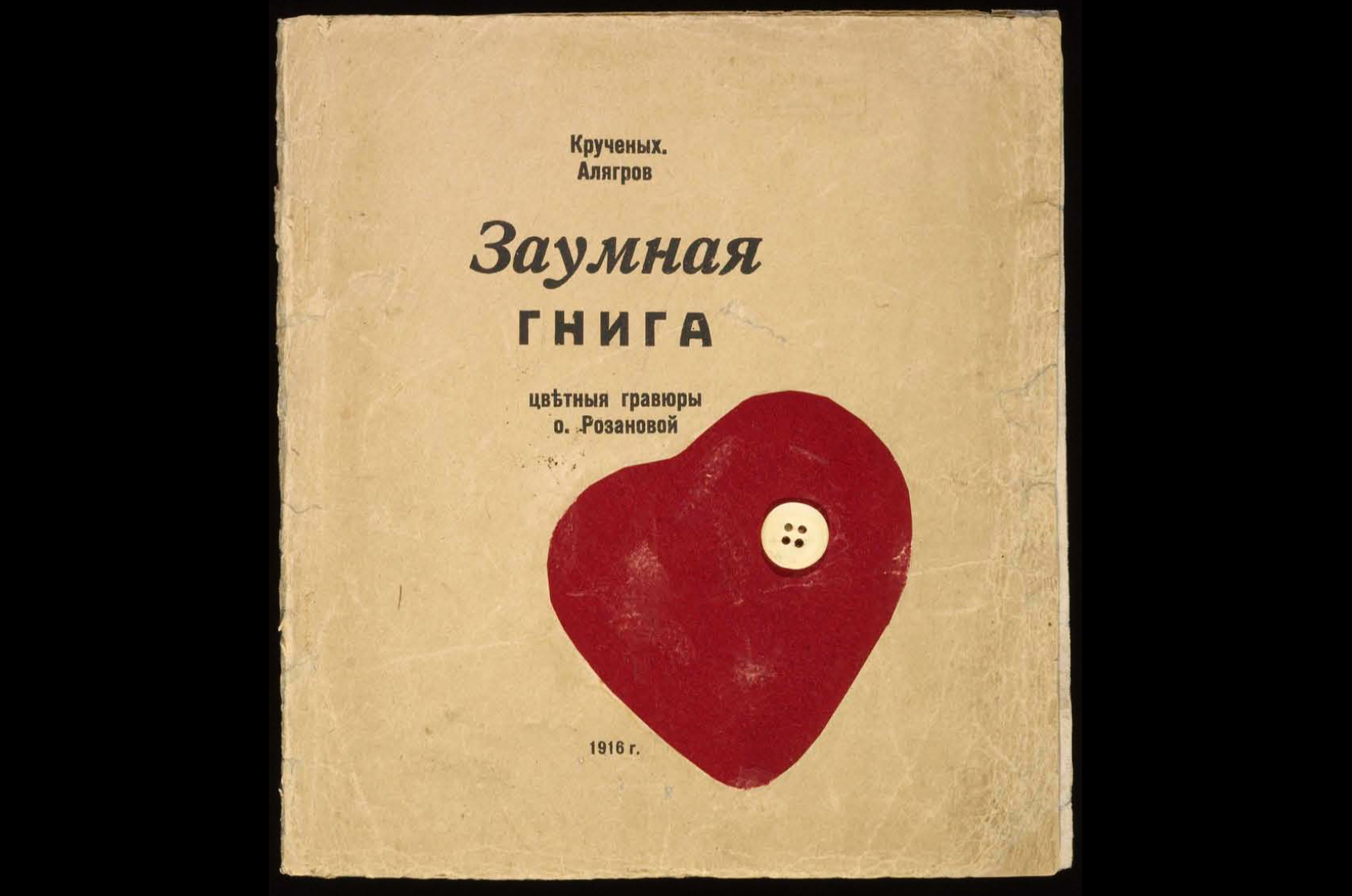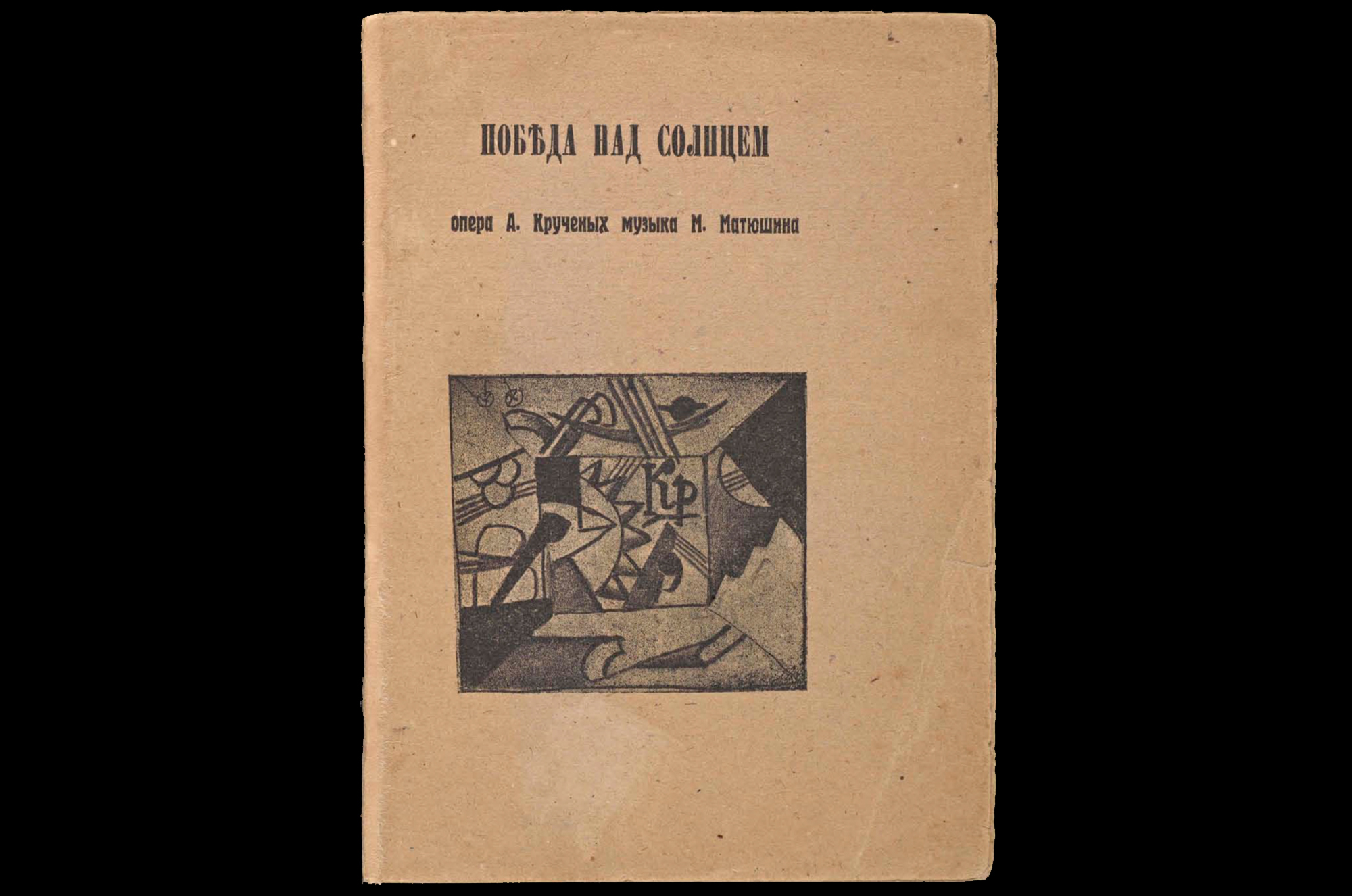



Zaum Attack: a History
Dr. Iva Glisic
This was the language of revolution.
In December 1912, a close-knit group of Moscow-based poets and artists released a brief but explosive manifesto. Provocatively entitled “A Slap in the Face of Public Taste” (Poshchechina obshchestvennomu vkusu) the manifesto, which would ultimately be recognised as the founding document of the Russian Futurist movement, declared that the past had become “too tight,” and called for old traditions and idols—Pushkin, Dostoevsky, and Tolstoy, among others—to be thrown overboard from the “Ship of Modernity.” In launching their assault on Russia’s literary titans, the four manifesto signatories—David Burliuk, Aleksei Kruchenykh, Vladimir Mayakovsky, and Viktor Khlebnikov—argued that language in its present form had become obsolete, and demanded the creation of a new vocabulary that would be capable of capturing the dynamic spirit of the modern era. The following month, Kruchenykh published “Dyr bul shchyl”—one of the first poems ever written in the new Futurist language of zaum. These five short verses announced the beginning of Futurist efforts to expand not merely the scope of the poetic language, but the very definition of art itself. The artistic revolution that would follow continues to captivate the imagination of audiences worldwide.
[Fragment from the article by Dr. Iva Glisic written for the Zaum Attack exhibition catalogue. Download PDF]
IMAGE 1. Aleksei Kruchenykh, “Akhmet,” in Velimir Khlebnikov and Aleksei Kruchenykh, Mirskontsa, 1912. Los Angeles, Getty Research Institute 88-B27486
IMAGE 2. Aleksei Kruchenykh, “Akhmet,” in Velimir Khlebnikov and Aleksei Kruchenykh, Mirskontsa,1912. Los Angeles, Getty Research Institute 88-B27486
IMAGE 3. Olga Rozanova, Cover of Aleksei Kruchenykh and Roman Jakobson (Aliagrov), Zaumnaia gniga, 1915. Los Angeles, Getty Research Institute, 88-B27991
IMAGE 4. Cover of Aleksei Kruchenykh (libretto), Kazimir Malevich (design), and Mikhail Matiushin (music), Victory over the Sun, 1913. Los Angeles, Getty Research Institute, 88-B27991
Dr. Iva Glisic
dyr bul shchyl
ubeshshchur
skum
vy so bu
r l ez
This was the language of revolution.
In December 1912, a close-knit group of Moscow-based poets and artists released a brief but explosive manifesto. Provocatively entitled “A Slap in the Face of Public Taste” (Poshchechina obshchestvennomu vkusu) the manifesto, which would ultimately be recognised as the founding document of the Russian Futurist movement, declared that the past had become “too tight,” and called for old traditions and idols—Pushkin, Dostoevsky, and Tolstoy, among others—to be thrown overboard from the “Ship of Modernity.” In launching their assault on Russia’s literary titans, the four manifesto signatories—David Burliuk, Aleksei Kruchenykh, Vladimir Mayakovsky, and Viktor Khlebnikov—argued that language in its present form had become obsolete, and demanded the creation of a new vocabulary that would be capable of capturing the dynamic spirit of the modern era. The following month, Kruchenykh published “Dyr bul shchyl”—one of the first poems ever written in the new Futurist language of zaum. These five short verses announced the beginning of Futurist efforts to expand not merely the scope of the poetic language, but the very definition of art itself. The artistic revolution that would follow continues to captivate the imagination of audiences worldwide.
[Fragment from the article by Dr. Iva Glisic written for the Zaum Attack exhibition catalogue. Download PDF]
IMAGE 1. Aleksei Kruchenykh, “Akhmet,” in Velimir Khlebnikov and Aleksei Kruchenykh, Mirskontsa, 1912. Los Angeles, Getty Research Institute 88-B27486
IMAGE 2. Aleksei Kruchenykh, “Akhmet,” in Velimir Khlebnikov and Aleksei Kruchenykh, Mirskontsa,1912. Los Angeles, Getty Research Institute 88-B27486
IMAGE 3. Olga Rozanova, Cover of Aleksei Kruchenykh and Roman Jakobson (Aliagrov), Zaumnaia gniga, 1915. Los Angeles, Getty Research Institute, 88-B27991
IMAGE 4. Cover of Aleksei Kruchenykh (libretto), Kazimir Malevich (design), and Mikhail Matiushin (music), Victory over the Sun, 1913. Los Angeles, Getty Research Institute, 88-B27991